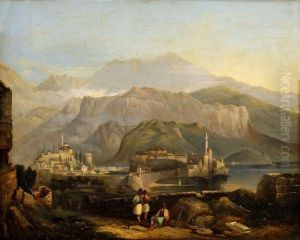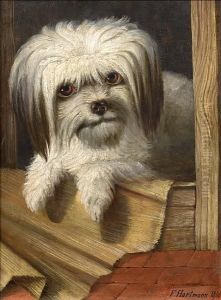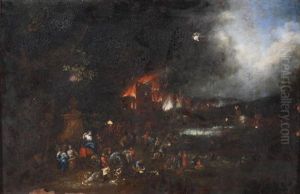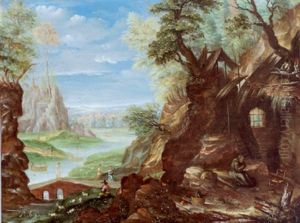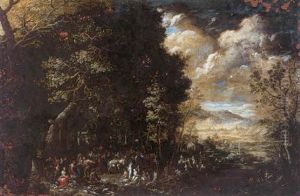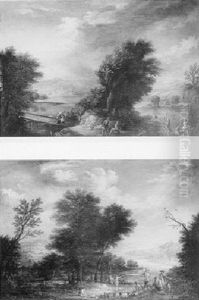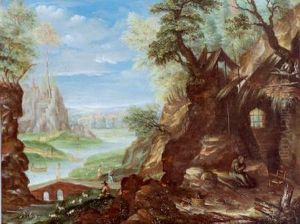Franz Hartmann Paintings
Franz Hartmann was not primarily known as a visual artist but rather as a prominent figure in the late 19th and early 20th century occult and theosophical movements. Born on November 22, 1838, in Donauwörth, Bavaria, Germany, Hartmann was a man of diverse interests and talents, including medicine, writing, and esoteric philosophy. His life's work bridged the gap between traditional Western medicine and the burgeoning interest in Eastern spirituality and mysticism of his time.
After studying medicine and achieving a degree, Hartmann initially worked as a physician. However, his deep interest in spirituality, metaphysics, and the occult soon led him down a different path. He became involved with the Theosophical Society, an organization founded in 1875 by Helena Petrovna Blavatsky, Henry Steel Olcott, and others, which sought to explore spiritualist and occult philosophies, promoting an understanding of divine wisdom, humanity's purpose, and the mysteries of the universe.
Hartmann's contributions to theosophy and the occult were substantial. He traveled extensively, including to India, where he deepened his understanding of Eastern philosophies and was influenced by various teachers and spiritual leaders. Hartmann was instrumental in establishing the German Theosophical Society and wrote extensively on esoteric subjects, contributing significantly to the literature of theosophy and occultism. His works cover a range of topics, including astrology, magic, alchemy, and Rosicrucianism, reflecting his wide-ranging interests in different esoteric traditions.
Franz Hartmann passed away on August 7, 1912, leaving behind a legacy as a pioneer in the study and popularization of esoteric and theosophical ideas. His writings continue to be of interest to those studying the intersection of Eastern and Western spiritual traditions, and he is remembered as a key figure in the development of modern spiritual and occult practices.
